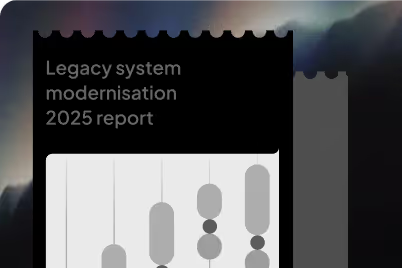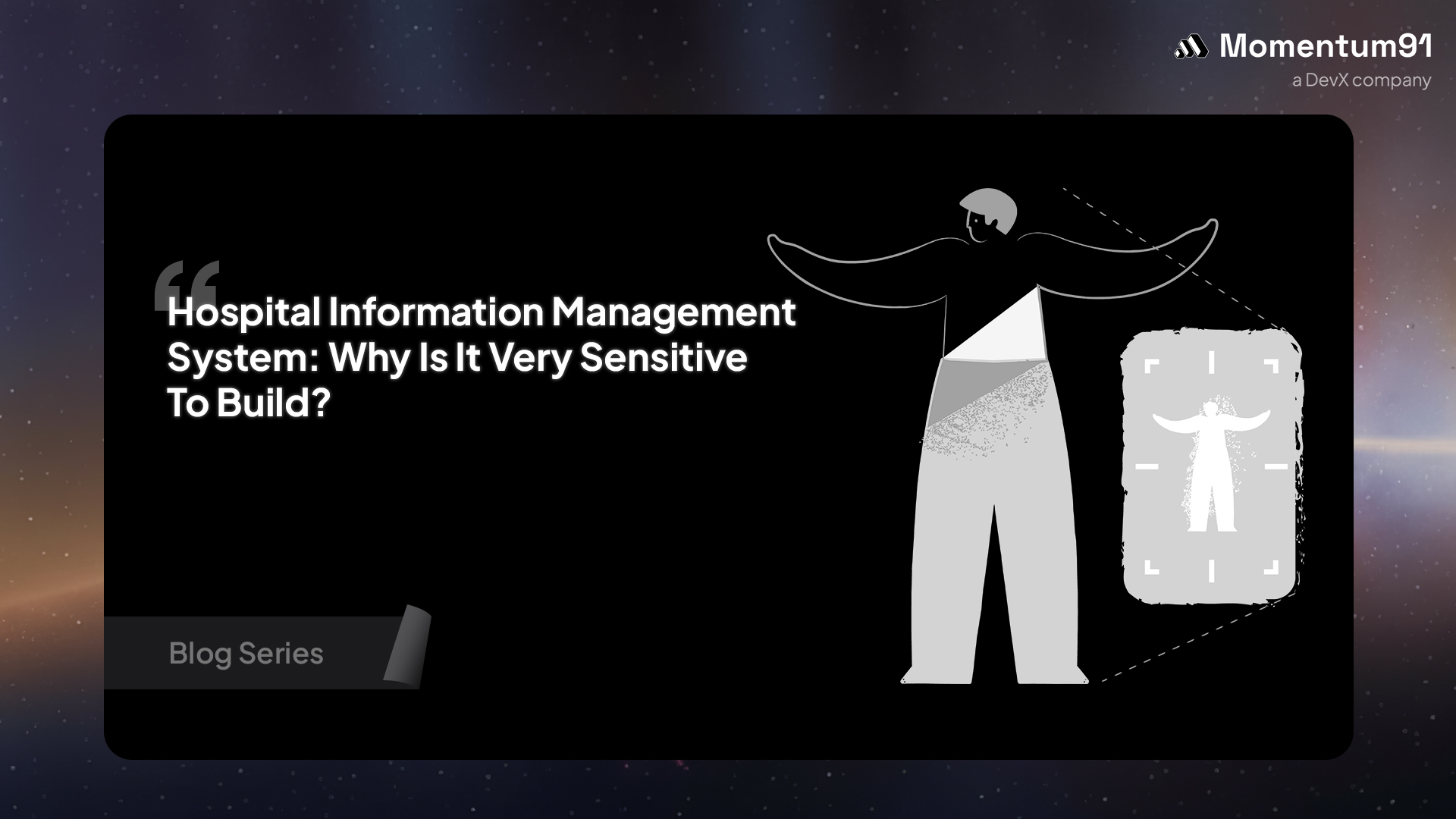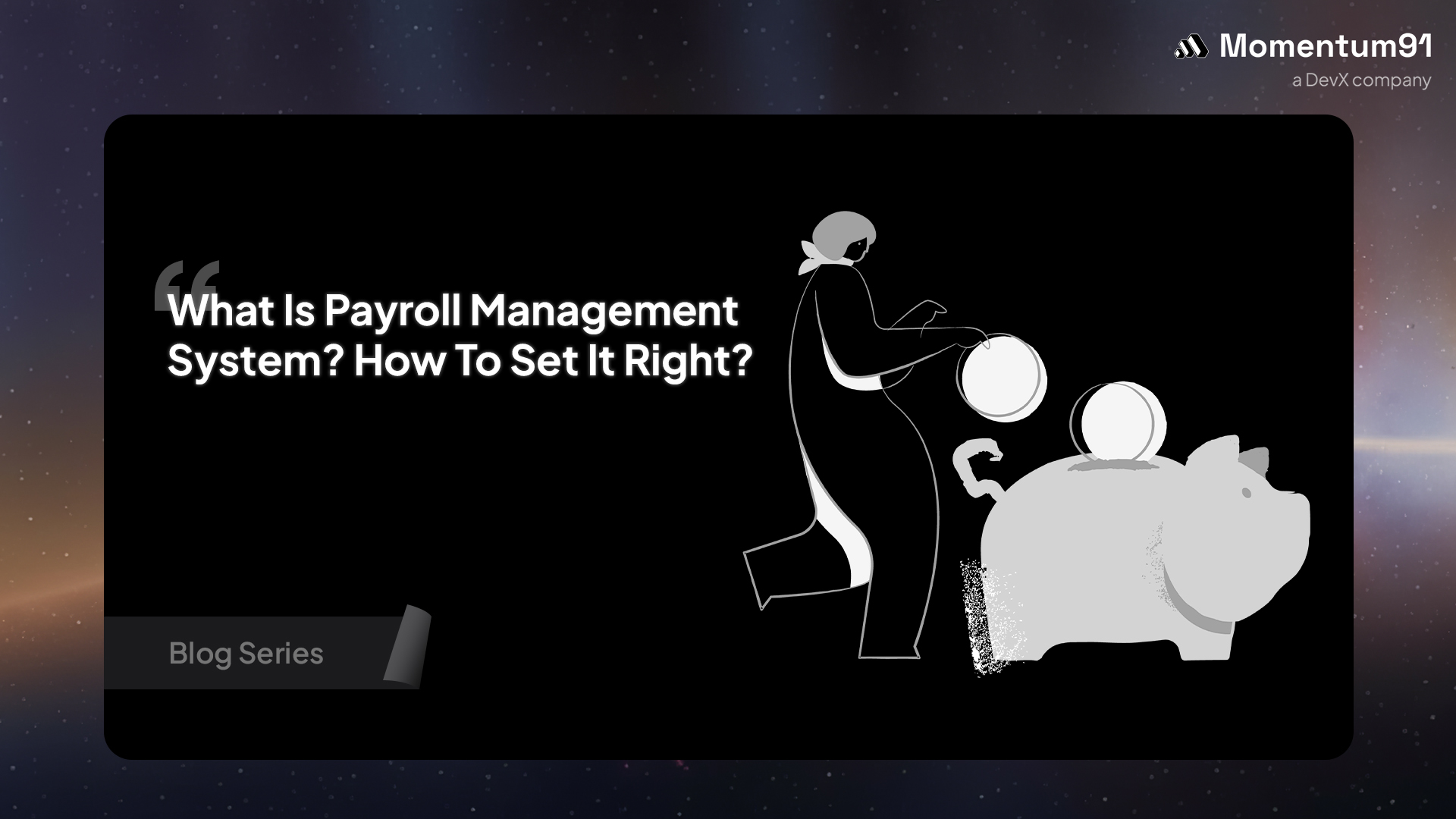5 Key Differences Between Outsourcing and Offshoring for Better Decisions

U.S. businesses want to scale up while managing explosive operational costs. The global outsourcing market is projected to pass $700 billion by 2025. A 2024 trend also shows companies "re-shoring" to hedge against risk.
Many leaders use "outsourcing" and "offshoring" interchangeably. This confusion is a strategic error that goes beyond a simple mix-up. You need to understand the difference between outsourcing and offshoring.
This guide explains the 5 key distinctions, including the difference between onshore and offshore, to help you make a better decision. We’ll clarify the difference between outsourcing and offshoring so you can pick the right model.
The Core Concept: "Who" vs. "Where"
Before we can spot the difference between outsourcing and offshoring, we need to get the language right. Leaders often mix them up, but the two strategies answer very different business questions.
1. What is Outsourcing? (The "Who" Strategy)
Outsourcing is the act of delegating a business process to a third-party company. That third party is a specialist hired to do a job. They could be located down the street or across the world. The main focus here is who does the work.
2. What is Offshoring? (The "Where" Strategy)
Offshoring is the act of moving a business function to another country. The main focus here is where the work gets done, usually to find lower labor costs. You can offshore work without outsourcing by opening your own office, a "captive center," abroad.
3. The "Aha!" Moment: Where They Overlap
The confusion happens with "offshore outsourcing." This is when you hire a third-party company (outsourcing) that is located in another country (offshoring). This is what most people mean, but they are two separate choices.
Now that you see the basic definitions, let's explore the 5 key strategic differences that matter for your decision.
The 5 Key Differences Between Outsourcing and Offshoring
This is where the difference between outsourcing and offshoring becomes more than a definition; it becomes a business strategy. Here are the five key distinctions you must weigh.
Key Difference #1. The Primary Driver: Access to Expertise vs. Access to Labor Costs
Your main goal changes the choice. Outsourcing is often driven by a need for expertise. You hire a firm because they are specialists, like a U.S.-based cybersecurity firm or a creative agency. Offshoring is almost always driven by cost.
You move the work to a location where labor and operational costs are much lower. This is a core part of the difference between outsourcing and offshoring.
Key Difference #2. Strategic Control: Contractual vs. Direct
How much control do you need? With outsourcing, your control is contractual. You manage a vendor relationship through Service Level Agreements (SLAs). With offshoring to your own "captive center," your control is direct.
You are managing your own employees, just in a different country. This means you control the company culture, hiring, and processes yourself.
Key Difference #3. Location & Proximity: Is it Relevant?
Location is a major difference between outsourcing and offshoring. For outsourcing, location can be secondary. Many U.S. companies are outsourcing to another U.S. company (this is onshore outsourcing).
For offshoring, location is the entire point. The business function is, by definition, no longer in the U.S. This is the main difference between onshore and offshore models.
Key Difference #4. The Talent Pool: Niche Specialists vs. Scalable Workforce
Outsourcing lets you instantly tap into a niche, pre-built team of experts. You get the skills you need right away. Offshoring lets you build a large, scalable team from a broad, educated, and cost-effective labor market. This is common for IT support or large-scale offshore software development.
Key Difference #5. Risk Profile: Vendor Risk vs. Geopolitical Risk
Understanding the outsourcing vs offshoring pros and cons means looking at risk. Outsourcing (especially onshore outsourcing) involves vendor risks. These include poor quality, data breaches, or the vendor failing.
Offshoring has all those same risks plus new ones. You add geopolitical instability, currency fluctuation, time zone headaches, and cultural/language barriers. This is a big difference between outsourcing and offshoring to consider.
These five points show that you're not just choosing a vendor; you're choosing a business model. But the location aspect has even more layers. Let's look closer at the "where" part of the equation.
Unpacking the "Where": Difference Between Onshore and Offshore (and Nearshoring)
The "where" is a major part of your decision. The difference between onshore and offshore models isn't just about geography; it impacts your budget, time zone, and cultural alignment.
1. Onshore
This is the simplest model. You hire a partner within the U.S. This is also called onshore outsourcing. It gives you the same culture and time zone, but it is the highest-cost option.
2. Offshore
This is what most people picture. You hire a partner far away, perhaps in India or the Philippines. This is done for offshore software development or support. It brings the lowest cost but adds a 10-12 hour time difference and potential cultural gaps.
3. Nearshoring (The 2024-2025 Trend)
Nearshoring is a fast-growing middle ground. This involves hiring a partner in a nearby country, such as Mexico, Costa Rica, or Canada. The nearshoring vs offshoring benefit is clear: you get significant cost savings while keeping your team in the same time zone and having strong U.S. cultural alignment.
Choosing the right location model is just as important as deciding who does the work. But how do you apply this to your specific business?
How Momentum91 Helps You Make the Right Decision
Making the right choice in the difference between outsourcing and offshoring is complex. Momentum91 brings together AI, development, and design expertise to help you scale your global teams quickly. With 8 years of experience, a global infrastructure spanning 25 centers and 11 cities, and a talent pool of 13,000+ people, we deliver embedded, full-stack teams that feel like your own.
We move fast. 95% of our offshore software development teams go live in under ten weeks. We cover everything from PoC development to software roll-outs and UX strategy.
Key Strengths:
- AI-First Thinking: We build modern solutions that include thoughtful AI integration.
- End-to-End Development: From concept to delivery, Momentum91 covers all phases of your offshore development.
- Full-Stack Execution: Engineers, designers, and product minds all embed in your project vision.
- Embedded Product Teams: Our offshore teams work as if they’re onsite, side-by-side with your own.
- Scalable Talent: We build teams fast, powered by one of India’s most reliable partner networks.
Explore how Momentum91 transforms your ideas into scalable products. We help you move smarter, faster, and stronger by building the right global model for you.
Conclusion
The difference between outsourcing and offshoring is more than a keyword; it's a critical strategic choice. Making the wrong one means you could be wasting money on hidden fees, losing control over your product quality, or waking up to 3 AM calls to fix issues with a team 12 hours away. You might chase cost savings and end up with a failed project, a blown budget, and a damaged reputation. That's a high price to pay for a simple mix-up.
Don't guess at your global strategy. At Momentum91, we help you build the right model from day one. We don't just sell you outsourcing or offshoring; we partner with you to build a smart, scalable, and secure global team.
Connect to Momentum91 today to build your global strategy with confidence.
FAQs
1. What are the main pros and cons of outsourcing?
The main benefits of outsourcing involve cost savings and gaining instant access to expert talent. When you look at the outsourcing vs offshoring pros and cons, the drawbacks for outsourcing are typically less direct control and potential data security risks. It’s a strategic trade-off for specialized, efficient service.
2. Is offshoring always cheaper than outsourcing?
Not always. Offshoring (the "where") targets cost savings. But what is outsourcing? It can be onshore outsourcing (hiring a pricey U.S. vendor). The biggest savings come from offshore outsourcing, like for offshore software development. This highlights the difference between onshore and offshore costs.
3. What is a simple example of outsourcing without offshoring?
Imagine a U.S. company hiring a local U.S. agency to manage its marketing. This is onshore outsourcing. You are outsourcing the who (a third party) but not offshoring the where (it stays in the U.S.). This clarifies the difference between onshore and offshore strategies.
4. What is a simple example of offshoring without outsourcing?
Think of a U.S. tech company building its own office (a "captive center") in India and hiring its own employees there. This is what is offshoring (the "where") because the function moved countries. It is not what is outsourcing because no third-party vendor is involved.
5. Why is nearshoring so popular for U.S. companies right now?
The nearshoring definition (using a nearby country) is a hot 2024-2025 trend. In the nearshoring vs offshoring debate, it wins on balance. You get significant cost savings (like offshoring) but keep the same time zone for real-time collaboration. It's the ideal strategic middle ground.
6. In simple terms, what is the difference between outsourcing and offshoring?
Here is the main difference between outsourcing and offshoring: It’s "Who vs. Where." What is outsourcing? It’s about who does the work (a third-party vendor). What is offshoring? It’s about where the work gets done (in another country). You can even do both at once!
The inbox update you’ll never want to skip
A quick catch-up with ideas, wins, and tips worth stealing, straight to your inbox every week.
The easiest way to reach us.
Share your details and we’ll get back within 24 hours.
Blogs
A plethora of insights,all in one place
From strategy to execution. All the big ideas, practical guides & fresh perspectives that’ll help you scale with confidence
Ebooks
Comprehensive guides that break down the shifts in business and technology, Helping you lead with clarity.

Office Hours
Your direct line to our experts. Practical advice for scaling, right when you need it.

Reports
Data-backed perspectives on where industries are headed, giving you the foresight to make bolder moves.

Newsletter
A quick catch-up with ideas, wins, and tips worth stealing, straight to your inbox every week.
.avif)
Podcasts
Conversations where you get to know everything from the ones who know it best.
.avif)
Your Offshore Development Center, Done Right
Access top-tier global talent, enterprise infrastructure, and complete regulatory compliance through our proven model.
Start Now








